Civic Election Issues
Please note: This page will be constantly updated with new information and ideas. If you have any input, please email me: jamesmillercreative@gmail.com.
Support my campaign. Please etransfer your donations to: jamesmillercreative@gmail.com.
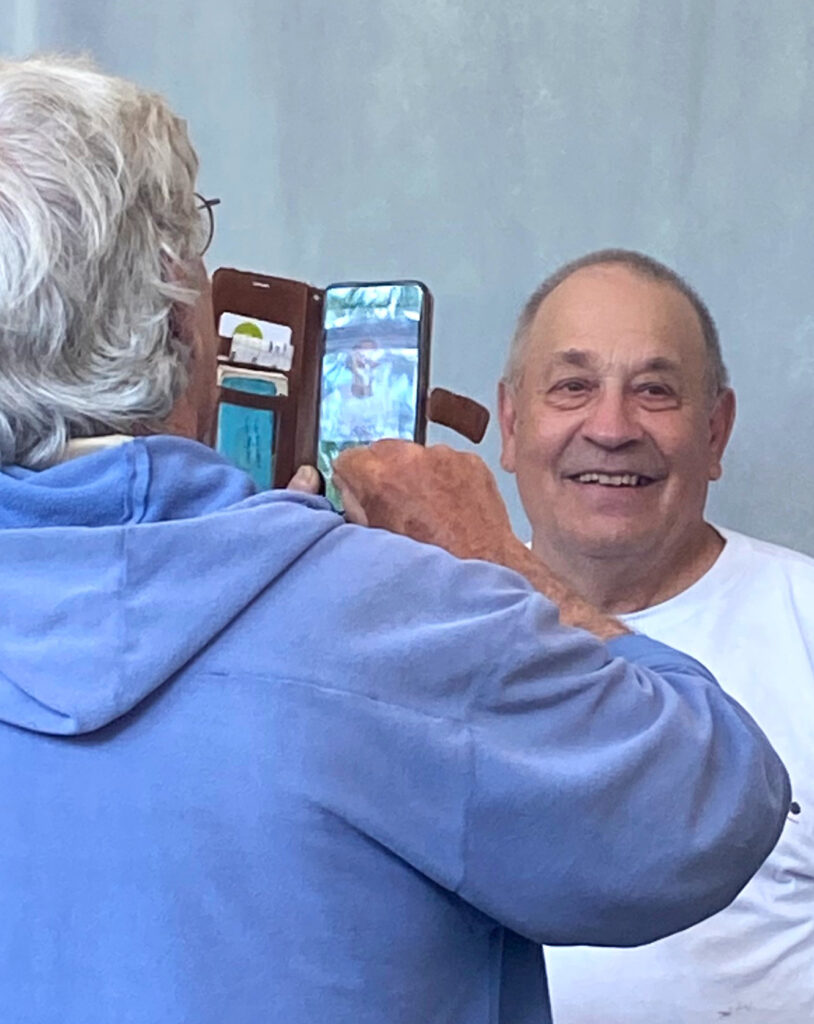
My name is James Miller and I’m running for Councilor for the O-day’min (downtown and city centre area) Ward. To find out more about me click on my name, but what’s most important is where I stand on the challenges facing Edmonton. Please, read on, and I welcome your comments.
My responses to the Taproot Edmonton Survey that provides my position on many of the issues affecting the city are now available.
You can also take the survey to see which candidates best match your stance on the issues raised.
Thank you, Taproot! And now to my expanded analysis of the major issues affecting Edmonton.
Homelessness
My commitment, as a member of council, would be to make sure , as much as possible, that no one loses a limb or digits to frostbite, or freezes to death, this winter.
What a tragedy that I write the previous statement and I disagree with the fundamental direction council is heading in handling this issue by limiting the capacity of new shelters and even proposing limiting the number of beds the downtown Herb Jamieson Centre can make available. This is a recipe for disaster. As we search for solutions, preserving human life should be our top priority.
At a recent Edmonton City Council meeting, where a by-law was passed that limits the size of new shelters to no more than 125 people, I questioned this initiative, feeling it was an attempt to address this issue based on flawed thinking. In the July 2 article, “Edmonton aims to set homeless shelter limits,” CBC reporter Natasha Riebe quotes, Anirniq Ward Councilor Erin Rutherford.
“If we’re permitting new shelters, we don’t want them to be just major communal sleeping spaces. There needs to be some dignity and safety that people will actually be wanting to go to that shelter.”
People choose to stay in encampments instead, she said, because they’re not comfortable in the communal sleeping space in a shelter.
“That is, they would rather sleep in the river valley or somewhere else.”
I don’t believe the size of the shelters is the reason people choose not to move into a shelter but rather it’s a conscious, lifestyle choice that allows them to access and use their drug of choice be it crystal meth, crack cocaine, fentanyl, alcohol, tobacco or marijuana without interference. That’s for those that can think relatively clearly. In addition to those using drugs, a large portion of this population is also dealing with mental health issues and in a delusional state, which would likely lead to them being excluded from shelters and, in some cases, not even being aware of what’s available.
This is a different populous from those that, for one reason or another, have become homeless and yet have an inner-directed motivation to get housed as a starting point to rebuilding their lives. I don’t see the two groups as mutually exclusive but feel people can actively choose what they want to do with themselves. I, too, had a choice, I could sink into depression and despair, blaming others for my woes or, as I have chosen, to take responsibility for what happens to me.
My direct experience of homelessness allows me to comment on this issue with first-hand knowledge. To begin, let me acknowledge the positive and proactive work being done by organizations in the downtown core, like Radius Community Health and Healing, The Hope Mission, The Mustard Seed, Bissell Centre, Boyle Street Community Services, St. Vincent de Paul, Edmonton Food Bank and many others in serving those in need. It’s also worth noting that many local religious groups from many different faiths and private citizens distribute food, water and clothing to those in need.
Did city officials survey these organizations for their thoughts on these changes? I tend to think not.
That is why, in the same meeting that passed the bylaw limiting the size of new shelters, I called for a summit of all levels of government and stakeholders to seek ways to address this issue, asking, “How do we best serve (and house?) people who are homeless, addicted to drugs or dealing with mental illness?”
A gallery of images near the Hope Mission. Note: Some images may be disturbing.
House of Refuge
What these photos illustrate is that this area of the city is a community of people where those in need are being helped and have been helped for years by various organizations and compassionate individual Edmontonians.
My sources tell me that Edmonton counted 4,896 homeless people in 2025, only 805 of whom are in shelters.
A tale of two citizen groups
Across from the front of the he Hope Mission Bruce Reith Centre, their building offering meal services and just around the corner from the Herb Jamieson Centre, that has empty beds, people set up temporary shelters only to have them removed within days by clean-up crews supervised by police. Within hours those temporary shelters have returned. This is a huge investment in police and other city resources.
I’ve had candid discussions with those tasked with removing these temporary settlements. Like me, they don’t have ready answers but, they argue against allowing these settlements to become semi-permanent, siting increase in violent crime, prostitution and gang involvement, where that’s been tried in other jurisdictions.
Compassionate Intervention
It’s been announced that the province will be investing $180 million and building a 150-bed treatment centre in Edmonton, and another in Calgary, as part of passing legislation allowing for the invountary treatment of individuals deemed a danger to themselves or others. It’s called the Compassionate Intervention Act.
I wonder, “Will city officials be informing the province that city a by-law amendment recently passed will necessitate the building be no more than 125 beds because a larger building will likely traumatize residents?” Or, because we are naming this a treatment facility, will this by-law not apply?
Let me be put on record as opposing Compassionate Intervention. The Alberta Medical Association has serious doubts about the efficacy of this approach, as do many other groups. The AMA article provides a link to a Canadian Centre on Substance Use and Addiction publication on the issue, makes six key points with the last two being:
• There is currently mixed, while limited, evidence on the overall effectiveness of InvTx (involuntary treatment) for individuals with SSUD (severe substance use disorders). Existing studies on InvTx are mostly from diverse, international settings and often lack rigorous comparisons, making it difficult to draw firm conclusions of its benefits and harms.
• The potential benefits, costs and harms of InvTx remain insufficiently studied and therefore require rigorous and objective research and evaluation towards informed decision making, while considering ethical implications.
A new model: Compassionate Appreciation NOT Compassionate Intervention
Edmonton has recently extended The Capital City Revitalization Levy that looks 20 years into the downtown’s future. Part of that vision is to see more affordable and upscale housing built in the Boyle St. area. How do we deal with the city’s homeless population that lives in this area and, because of drug addiction and mental health issues, are not candidates for current shelter models and, as a result, face losing limbs to frostbite or death?
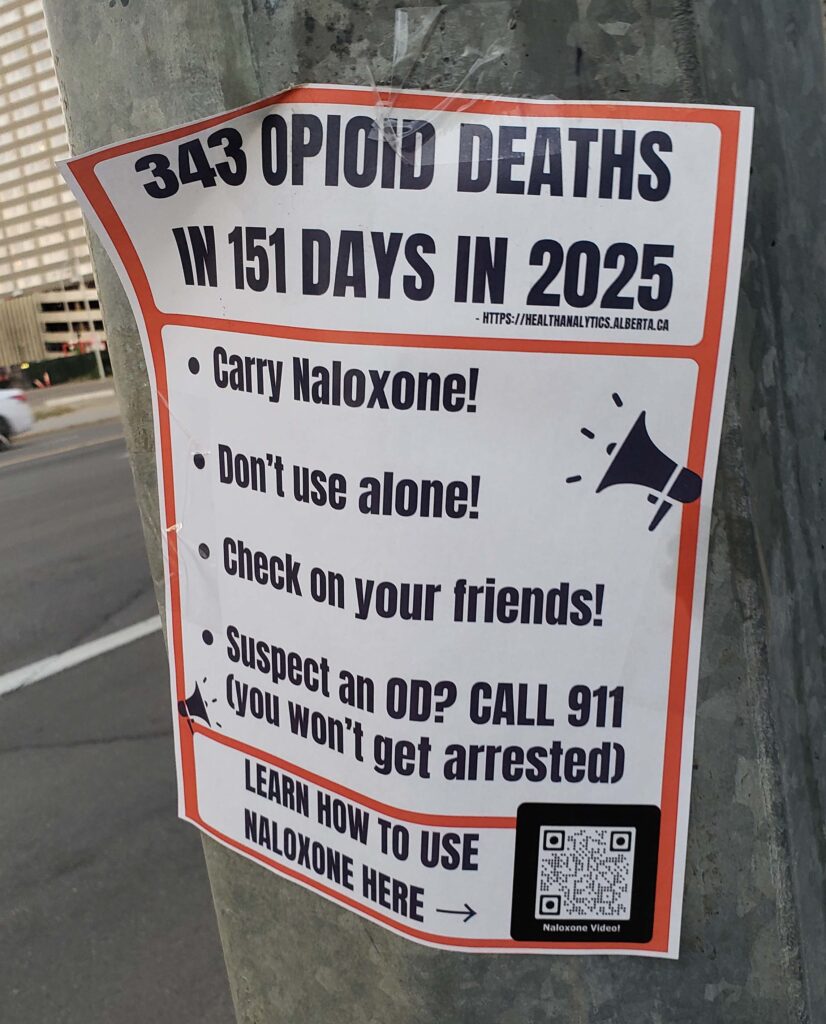
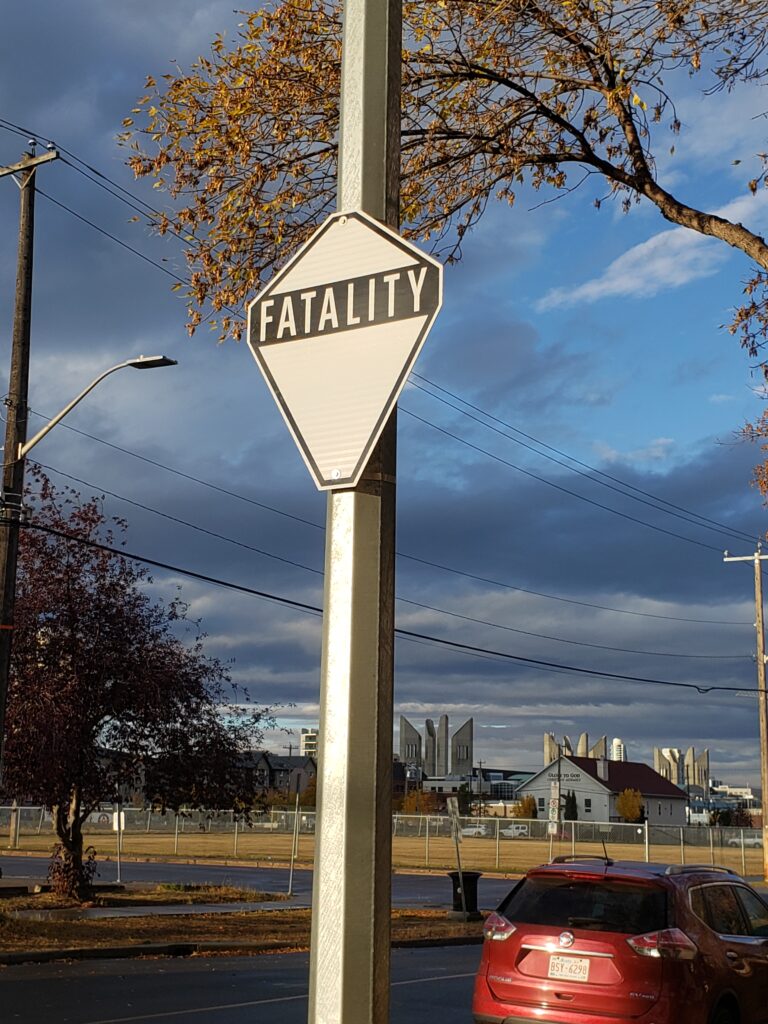
“In June 2019, the House of Commons Health Committee urged the federal government to look at Portugal’s decriminalization of simple possession of illicit drugs and examine how the idea could be “positively applied in Canada.”
“Some Liberal MPs are working on introducing a private member’s bill to have Canada treat drug use as a health issue, and to decriminalize simple possession of any drug currently subsumed by the Controlled Drugs and Substances Act.
“However, Conservative critics point out that Canada can’t simply copy the Portuguese model. In Portugal, there are 170 recovery facilities for 11 million people. The country also provides mental-health treatment and mandatory education about the harmful effects of drugs.
“They argue that it’s unrealistic to think Canada could achieve the same results without the same support systems.”
On her webpage seeking reelection, Anne Stevenson promotes the following:
Collaborating with the Province to decant shelter capacity from the core into smaller, full-day, and more housing-focused spaces that better serve the Edmontonians using them. Distributing capacity more evenly across the city also helps ensure every neighbourhood is well served and eases pressures on the downtown.
I disagree for several reasons:
I’ve already identified the downtown core as a community and not something you can just divide up and move to different areas of the city. All of the agencies identified in the second paragraph in this section on homelessness are within blocks of each other.
When Stevenson writes of the “Edmontonians using them” I’m presuming she’s speaking of those that are staying in Hope Mission and not those living on the street. It’s the street people who don’t meet any shelter model, regardless of size, because they aren’t allowed to use drugs, we need to serve who are the biggest challenge to the downtown and city’s livability. Those living on the street aren’t going to want to move to the suburbs and, if they do, we will be moving the kind of havoc that we see downtown to other areas.
I don’t even begin to see how this will make any discernible difference to the downtown and I don’t think community leagues are clamoring for a “local shelter” to make sure their neighborhood is “well served” as Stevenson suggests and, truth be told, would probably not. want one at all.
Drug dealers in the downtown area have been labelled by some I talk to as “predators” but what they really are is “service providers”, until we step in and provide drugs of known type and quantity.
It took us roughly 90 years from the date marijuana was criminalized in 1923 to the date we legalized it. We need to do the same with these other drugs, then we can start to help the people dealing with the addiction and mental health issues associated with their use.
It’s like trying to cure cancer by metastasizing it.
Stephen Hammerschmidt, who’s also running in O-day’min, seems to agree when he writes on Safe Streets section of his site:
- Work with social agencies to relocate away from schools, churches, or playgrounds.
- Encourage shelters in downtown to relocate to smaller, more manageable facilities.
These changes will make our streets safer for everyone while ensuring shelter providers can offer better support to those in need.
Not sure what Hammerschmidt means in the first statement. Does he want various social agencies to relocate their offices away from schools, churches or playgrounds because, if they are in those locations, their clients are a potential disruption? If that’s the case, who’s going to find these new “ideal” locations, build or modify these spaces and ensure that the clients they serve can easily get to them? And, who’s going to pay for it?
Echoing Stevenson’s position, sited earlier, Hammerschmidt seems to be implying it’s the large, unmanageable facilities like the Herb Jamieson Centre shelter and the Bruce Reith Centre, where meals are served, for the crime, violence and huge population living on the street in the area. I maintain the Hope Mission is providing excellent support in the midst of a huge societal challenge.
And, again, I argue the size of shelters is not the problem. Shelters do not serve the needs of drug users. Supervised Consumption Sites, of which there are three (each with limited opening hours) are ready to respond should you overdose on the street drugs you bring and use. The problem is our unwillingness to treat drug usage as a health problem and to continue to criminalize it.
I’m presuming that since Hammerschmidt and Tim Cartmell, who’s running for mayor are under the same BE (Better Edmonton?) banner, are in agreement with each other. Under the same Safe Streets link title, Hammerschmidt uses, Cartmell writes:
- Amend the Public Spaces Bylaw to restore zero tolerance for crime and open aire [sic] drug use.
- Empower our police service and peace officers to address this behaviour as they encounter it.
- Encourage visible patrol presence to rebuild confidence in public spaces.
I understand there’s initiatives underway to limit the amount of beds the Herb Jamieson can offer. I would suggest this be shelved until an equivalent number of beds are available elsewhere.
If elected, I will put forth a motion to rescind unenforceable bylaw against open drug use and the recently passed bylaw limiting shelter bed availability to no more than 125.
Yes, the pressure is downtown but that’s true of every city that’s facing this issue. I recognize that city businesses in the area are frustrated, so here’s an alternate proposal:
Help the businesses closest to the Hope Mission, especially those on 105 Avenue relocate to Edmonton Centre, creating, perhaps, Canada’s first indoor Chinatown.
Hope Mission CarePoint Wellness Centre
Well away from the city centre, the Hope Mission at 14830 124 Avenue is a 120-bed shelter that houses men, women and, to my surprise, cats and dogs. I dropped by the shelter unannounced on a Tuesday evening at 6 pm and spoke with several residents. One had become homeless because a gambling addiction and the other from being evicted. Both said they didn’t think the residents there were dealing with substance abuse issues. I don’t see these smaller shelters as an effective means of dealing with the city’s homeless population and their issues with mental health and drug addiction.
My question is, “How are these residents selected? Are they drug addicts and being treated for drug addiction? Are they exhibiting various states of mental illness? Or, are they relatively high functioning individuals looking for housing?
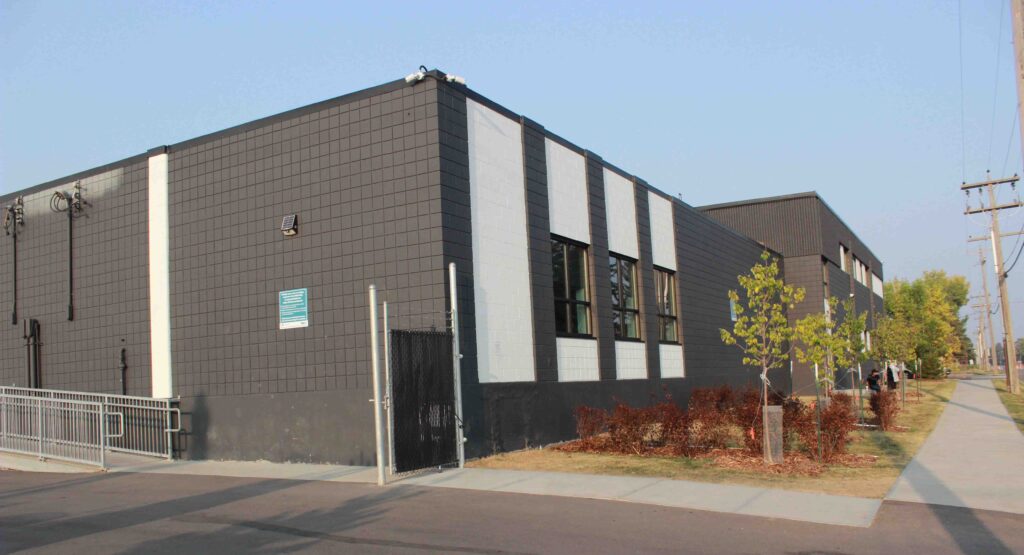
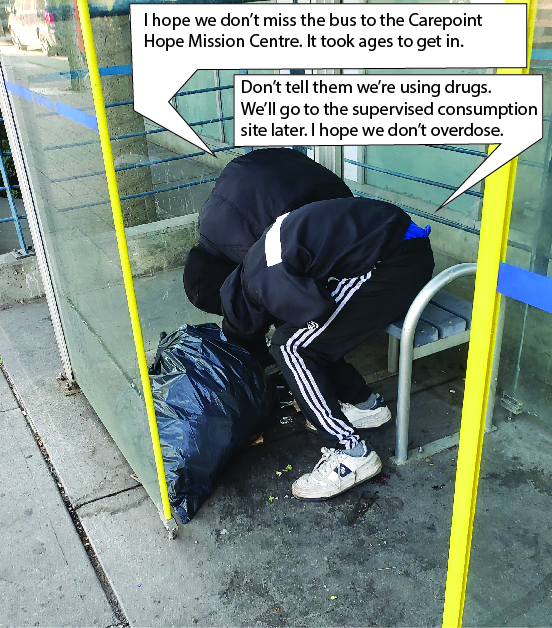
City washrooms and showers
I would urge the city to increase the number of public washrooms available. Currently, there is a permanent city bathroom on Whyte Avenue at 103 St., operating from seven am to one am. Temporary washrooms are available outside the Hope Mission, with limited hours. I’d like to see washrooms available on a 24-hour basis and set a standard for the maximum distance between them in the city’s downtown core. A central bathhouse where the homeless can have a shower should be provided, as well. Lockers could be made available so those on the street have a place to keep valuables, like ID, safe.
It’s now standard practice for small businesses to allow washroom use only to customers. And most restaurants now have their washrooms under lock and key.
Increase the deposit paid on bottles
For where two or three are gathered together, there are probably some empties. Bottle Pickers Bible Matt 18:20 (KJV)
After approximately 10 years, in 2008, the deposit on beverage bottles up to two litres was raised from five cents to the current 10 cents and bottles two litres and larger to 25 cents. That was 17 years ago and an increase would provide more money to the many homeless people who depend on picking bottles for a source of income. My suggested increase would be from 10 cents to 15 cents on bottles less than two litres and to 30 cents for containers of two litres or more. Admittedly, some of this income would be spent on drugs but some of it would also be used by the homeless to buy essentials.
While not necessarily completely accurate, a quick search tells me that in 2008 a loaf of bread was $1.37 and today that same loaf is $3 to $4, which suggests many items today may be twice as expensive as they were in 2008.
While the deposit paid on bottles is not set by the city, I would urge council to pass a resolution calling on the Beverage Container Management Board to raise deposits. If you think raising the deposit is a good idea, you can email them at info@bcmb.ab.ca. Tell them James sent you.
Bottle pickers are the first line in our environmental efforts to recycle beverage containers. I would urge everyone to acknowledge the vital service they provide while doing so for a very limited income. Many areas provide receptacles for bottles that are easy to access while some aren’t, and I’d encourage the city to make receptacles under city jurisdiction easy to access and for the city to encourage areas, like shopping centres, to support bottle pickers. While many workers have the option of collective bargaining, this vulnerable population does not.
And, here’s my homage, to bottle picking entitled Whole lot a bottles, after the Climax Blues Band album of similar title. It was my entry in the Got a Minute film festival for a 60 second silent film.
Casual Employment Services
When I first came to Edmonton in 2021, I used Bissell Centre’s casual employment services to get some income. That summer, I helped sod city boulevards, cleaned up construction sites, helped install solar panels, packed a semi-trailer with tires and got work as a janitor at the downtown Mustard Seed, which led to me having full-time employment in camps.
Bissell doesn’t offer this anymore and another agency I worked at cut its services to one day a week. I’d like the city to encourage the use of casual laborers for city projects and support agencies that help others find day jobs.
Are firetrucks really needed to respond to overdoses?
As a temporary resident of the Hope Mission, the constant wail of emergency vehicles attending individuals overdosing is, unfortunately, an all too common experience. In addition to the ambulance that arrives on the scene, city firefighting personnel also attend in firetrucks. So my question is, “Is a hook and ladder firetruck needed here?” These are expensive, cumbersome vehicles designed to fight fires not respond to overdoses. If firefighting personnel are required on the scene, would it not be better to provide them with more appropriate vehicles?
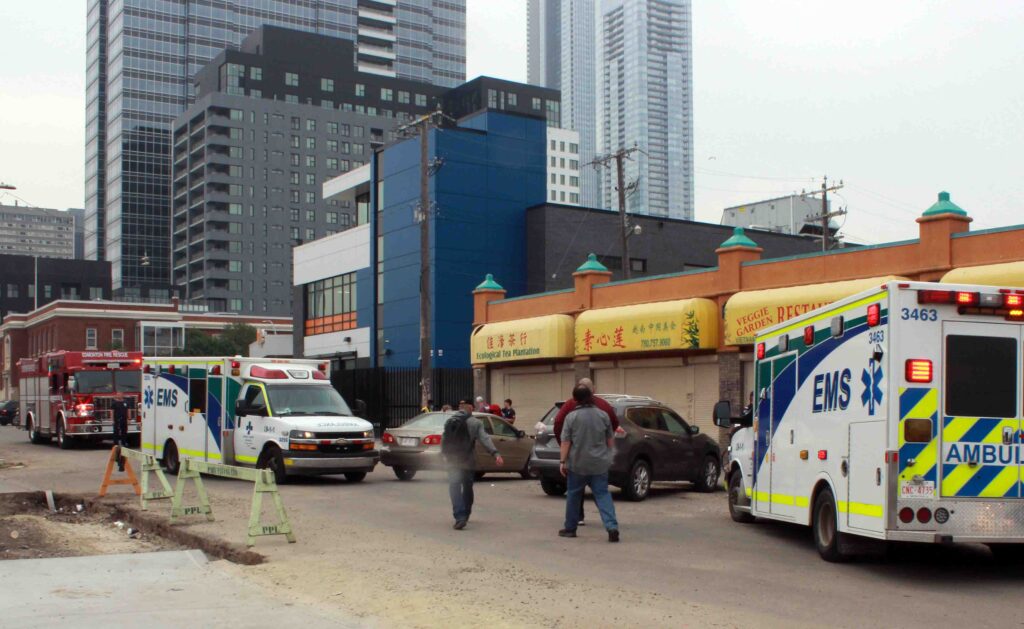
Two ambulances and a firetruck attending a drug overdose. Herb Jamieson Centre is in the background. The firefighter’s union argues they are using outdated equipment, lack new firehalls and understaffed. This is an issue I plan to examine more fully, if elected.
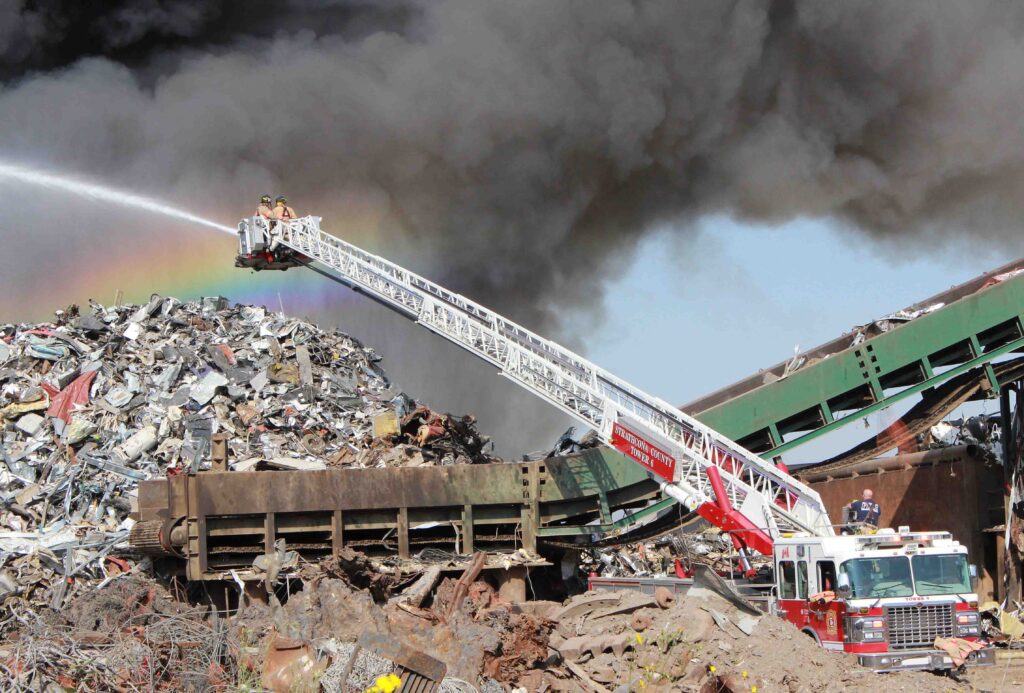
Is this a better use for a firetruck? (Photo by James Miller)
Housing and Infills
The recent overhaul of city zoning bylaws has, in my opinion, led to some very poor decisions as far as adding new housing to Edmonton and especially in the area of infill housing.
I feel Edmonton’s city council needs to consult more with its various constituents, rather than relying on city administrators. The decision to limit the size of homeless shelters is one example and infill housing is another.
I am not alone in this and have had discussions with Edmonton Neighborhoods United, a group of West Jasper Sherwood residents opposed to the size of infill buildings approved and the lack of consideration of current residents. Visit their website to find out more.
A Case in Point
While not my ward, this building in Old Strathcona at 83rd Avenue and 108 Street is, unfortunately, in my city. I used to live in the apartment building next door, where a complimentary parking space was provided. This new development, runs the building to the very edge of the alley, with no setbacks and no provision for parking or even a place for garbage bins. This has to stop! See the gallery of photos with my comments.
Subsidized housing
Edmonton has a long history of providing housing for those on lower incomes and I support this as a continuing initiative. My personal experience has given valuable insights and I want to make providing subsidized housing a major part of Edmonton’s planning as we move forward.
Agencies that I know of, Vista Housing for Seniors, the Greater Edmonton Foundation (GEF Seniors Housing), Civida (formerly Capital Region Housing) and
The Arts
As a practicing artist, I engage in creative pursuits primarily because I love the activity itself, but it would also be wonderful if more people could see and appreciate my work, at least as far as I am concerned. One thing that might make that more feasible for artists would be zoning that would let artists live in their studio spaces.
My proposal to council would be to create areas in the city where artists could live in their store-front spaces. Areas where this might be best implemented could be along Whyte and 118 Avenue, two areas of the city where the arts are being promoted.
It’s worth noting that the Alberta Foundation for the Arts has recently received increased funding from the provincial government and I’m pleased the province values the positive input the arts offers Albertans.
Our roads
In my conversations O-day’min residents, the roads are a concern.
Save our butts save our buses!
Thousands of dollars are currently being spent paving the side streets and replacing the sidewalks in the Hope Mission area; streets that receive very little traffic, especially when compared to major bus routes that run up McDougall and Bellamy Hill. These roads need to be resurfaced to save wear and tear on the city’s aging bus fleet and save our butts, too.
As a regular ETS user, I would urge Council to concentrate on making sure paving dollars are assigned on the basis of prioritizing bus routes and vehicle usage.
Bike Lanes
Encouraging bike usage is a valuable city initiative but it needs to balanced against providing those driving vehicles with the ability to negotiate these streets as well. I propose making the bike lanes smaller by about one-third, leaving more room for vehicles to negotiate those streets.
Snow Removal
Another issue brought up by a ward voter is the need for more efficient snow removal. Motorists who don’t move their vehicles when required should, after a consistent process of publicity, have their vehicles towed to make sure snow removal can be done effectively. As part of the process, vehicle owners should be made aware of where they can move their vehicles.



































